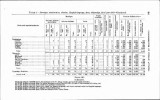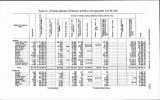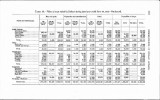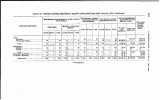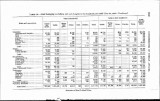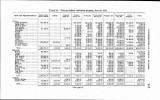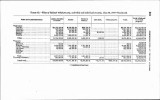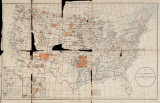| OCR Text |
Show 64 COMMISSIONER OF INDIAN AFFAIRS. In the issuance of fee patents and certificates of competency to In-dian allottees and the sale of Indian land the question considered is, What is for the best interest of the Indian owner? In 1907 and 1908 the issuance of fee patents to Indian allottees was in the experimental stage, and investigations made show that at least 60 per cent of the Indians who received fee patents sold their lands and soon squandered the proceeds derived from the sale. Of the 2,744 applications for fee patents which were received 2,676 were approved and only 68 denied. During these years the.recommenda-tion of this office was based solely upon the report of the Indian superintendent that the applicant was competent to care for his own affairs. No other evidence to show the competency of the applicant was required. In 1909, and since, a greater degree of competency was required to be shown and the superintendent was directed to report in detail, making answer to specific questions as to the past perform-ances of the Indian applicant, his ability to care for himself and family, and the use he intended to male of the land if given a patent in fee. In 1909, 1910, 1911, and 1912 about 3,400 applications for.fee pat-ents were approved and about 2,000 were denied. As a result of a more strict policy in determining the competency of the Indian applicants, the percentage of cases in which fee-patent Indians failed to make good has been reduced from 60 per cent to about 30 per cent. In nearly all cases where the issuance of a fee patent is recommended by this office the application covers only a part of the Indian's land, and in 90 per cent of the cases the Indian wishes to sell a part of the land to improve the remainder of his allotment. Questions which arise as to the issuance of fee patents also arise as to the sale of Indian land. Within the past few years a change ' In the practice of sales cases was put in operation and the fiuperintendent required to make a detailed statement as to the needs and condition of the Indian, so that the records may clearly show whether it is for the best interest of the Indian owner to sell his or her land. The superintendent is also required to report the use the Indian wishes to make of the proceeds of the sale. INDIVIDUAL INDIAN MONEYS. Funds belonging to individual Indians nnder governmental super-vision are derived mostly from the following sources: (1) Sale of allotted and inherited lands. (2) Lease accruals. (3) Sale of tim-ber. (4) Oil and gas royalties. (5) Earnings of outing pupils. The method of handling individual Indian moneys by depositing them in local banks under a 3urcty bond, subject to the check of the |






















































































